LONDON, England: The SureSmile 2025 Global Orthodontics Symposium, which took place on 13 and 14 September in London, brought together orthodontic professionals from across the world for two days of lectures, workshops and hands-on sessions. The programme highlighted how digital innovations and clinical strategies are reshaping orthodontic practice.
From the outset, robotically bent wires and their role in digital workflows formed a central theme. Australian orthodontist Dr Alex Yusupov outlined how customised fixed appliance systems can integrate diagnostics, treatment planning and biomechanical control to support simple to complex cases. In a second session, he showed how digital planning and robotically bent wires enhance interdisciplinary treatment involving orthognathic surgery, including multi-segment maxillary procedures and surgery-first protocols.
Evidence-based aligner therapy was a strong focus in the presentation by London orthodontist Dr Nina Shaffie, who examined the latest research on deep overbite correction. She noted that treatment with aligners can currently achieve only about half of what is possible with fixed appliances, making overcorrection and refinements necessary. For this reason, she cautioned that aligners cannot yet be recommended over fixed appliances for reliable deep overbite correction, though careful treatment planning and case selection can still deliver success.
Scottish orthodontist Dr Josh Rowley explored the role of hybrid treatment with aligners and fixed appliances to manage complex tooth movements while maintaining aesthetics and efficiency. He stressed that appliance choice must be guided by clinical judgement but also by patient preference. What drew him to SureSmile for hybrid aligner treatment, he explained, was not only the aligners themselves but the strength of the associated software, which enables versatile treatment planning and execution.
Dr Cory Costanzo, an orthodontist from California in the US, reviewed the evolution of indirect bonding, contrasting accuracy—how close bracket placement in a given case comes to the intended plan—with precision—the consistency with which that result is reproduced across many cases. He highlighted how today’s digital workflows and 3D-printed trays support both and offered practical guidance on case set-up and tray design. Using clinical examples, he illustrated how applying these principles improves efficiency and reliability in daily practice.
Lingual orthodontics was addressed by London orthodontist Dr Asif Chatoo, who emphasised careful planning as the corner-stone of successful outcomes. Drawing on clinical cases, he discussed the challenges posed by complex movements such as those entailed in treating ectopic canines. Dr Chatoo underlined that customised wires designed according to the planned end position, rather than the starting point, offer a significant advantage in managing such cases.
Appointed group vice president of orthodontics and aligner solutions at Dentsply Sirona in May 2025, Jill Uhryniak welcomed participants at the opening of the symposium. (All images: Tim Bedingfield)
The symposium held the audience’s attention from start to finish.
Dr Alex Yusupov traveled all the way from Australia to present on robotically bent wires—a winning formula for delivering excellent treatment outcomes.
Several companies made the trip to London to showcase their orthodontic products and solutions.
The programme kept the audience engaged and attentive.
Dr Nina Shaffie, a London-based orthodontist, focused her lecture on integrating evidence-based approaches into clear aligner treatment.
Scotland-based Dr Josh Rowley aimed to clarify the clinical workflow for selecting cases suitable for hybrid appliance treatment.
Dr Cory Costanzo focused his presentation on digital indirect bonding as a way to enhance both practice workflow and patient care.
Dr Asif Chatoo, founder of the London Lingual Orthodontic Clinic and a pioneer in lingual braces, presented on the use of robotically bent wires in lingual orthodontics.
Dr Ed Lin presented on the integration of 3D digital orthodontics and robotically bent wires as essential tools in dentofacial orthopaedics.
Dr Teresa Cobo from the Instituto Asturiano de Odontología explained sequential distalisation in aligner therapy, highlighting key factors to improving predictability and managing complex cases effectively.
Dr Joerd van der Meer’s presentation explored artificial intelligence in dentistry as an innovative interface between humans and technology, covering its basics, functionalities, practical uses and advantages.
The Dentsply Sirona team.
Concerning dentofacial orthopaedics, Dr Ed Lin, an orthodontist based in Wisconsin in the US, presented on how 3D digital orthodontics and robotically bent wires are reshaping treatment. Emphasising that “timing is everything” and that the maxilla is key in planning, he described his approach as hybrid—integrating labial and lingual appliances, as well as expanders, temporary anchorage devices, aligners and robotically bent wires, on an open digital platform. He argued that software, more than customised brackets, is the true driver of personalised workflows and encouraged his peers to pursue the necessary training to employ digital orthodontics: “There is no easy way. You have to put the time in to learn what you are doing and how to do it.”
Spanish orthodontist Dr Teresa Cobo addressed sequential distalisation in aligner therapy and in doing so emphasised the need to consider edgewise mechanics when planning complex cases. She highlighted the importance of understanding aligner rigidity, the risks of excessive elastic use and the different anchorage demands of sequential versus group distalisation. Her take-home message was that predictable outcomes require precise attention to mechanics, staging and anchorage.
The symposium concluded with a lecture by Dutch endodontist Dr Joerd van der Meer, who turned the spotlight on artificial intelligence. He explained how large language models such as ChatGPT work and demonstrated their wide application in dentistry, covering patient communication, treatment planning, research and marketing, among others. In his session, he encouraged delegates to consider both the opportunities and the limits of artificial intelligence in daily practice.
In addition to the lectures, attendees could take part in SureSmile digital laboratory sessions, allowing them to have one-on-one consultations with technicians to explore the software, review patient-specific cases and see how robotically bent wires are produced to match clinical preferences. By combining cutting-edge digital technology with practical education, the London symposium offered orthodontic professionals both the tools to refine their workflows and a forum for collaboration, all with the ultimate goal of improving patient care.
More information about SureSmile can be found at www.suresmile.com.
Tags:



 Austria / Österreich
Austria / Österreich
 Bosnia and Herzegovina / Босна и Херцеговина
Bosnia and Herzegovina / Босна и Херцеговина
 Bulgaria / България
Bulgaria / България
 Croatia / Hrvatska
Croatia / Hrvatska
 Czech Republic & Slovakia / Česká republika & Slovensko
Czech Republic & Slovakia / Česká republika & Slovensko
 France / France
France / France
 Germany / Deutschland
Germany / Deutschland
 Greece / ΕΛΛΑΔΑ
Greece / ΕΛΛΑΔΑ
 Hungary / Hungary
Hungary / Hungary
 Italy / Italia
Italy / Italia
 Netherlands / Nederland
Netherlands / Nederland
 Nordic / Nordic
Nordic / Nordic
 Poland / Polska
Poland / Polska
 Portugal / Portugal
Portugal / Portugal
 Romania & Moldova / România & Moldova
Romania & Moldova / România & Moldova
 Slovenia / Slovenija
Slovenia / Slovenija
 Serbia & Montenegro / Србија и Црна Гора
Serbia & Montenegro / Србија и Црна Гора
 Spain / España
Spain / España
 Switzerland / Schweiz
Switzerland / Schweiz
 Turkey / Türkiye
Turkey / Türkiye
 UK & Ireland / UK & Ireland
UK & Ireland / UK & Ireland
 International / International
International / International
 Brazil / Brasil
Brazil / Brasil
 Canada / Canada
Canada / Canada
 Latin America / Latinoamérica
Latin America / Latinoamérica
 USA / USA
USA / USA
 China / 中国
China / 中国
 India / भारत गणराज्य
India / भारत गणराज्य
 Pakistan / Pākistān
Pakistan / Pākistān
 Vietnam / Việt Nam
Vietnam / Việt Nam
 ASEAN / ASEAN
ASEAN / ASEAN
 Israel / מְדִינַת יִשְׂרָאֵל
Israel / מְדִינַת יִשְׂרָאֵל
 Algeria, Morocco & Tunisia / الجزائر والمغرب وتونس
Algeria, Morocco & Tunisia / الجزائر والمغرب وتونس
 Middle East / Middle East
Middle East / Middle East






























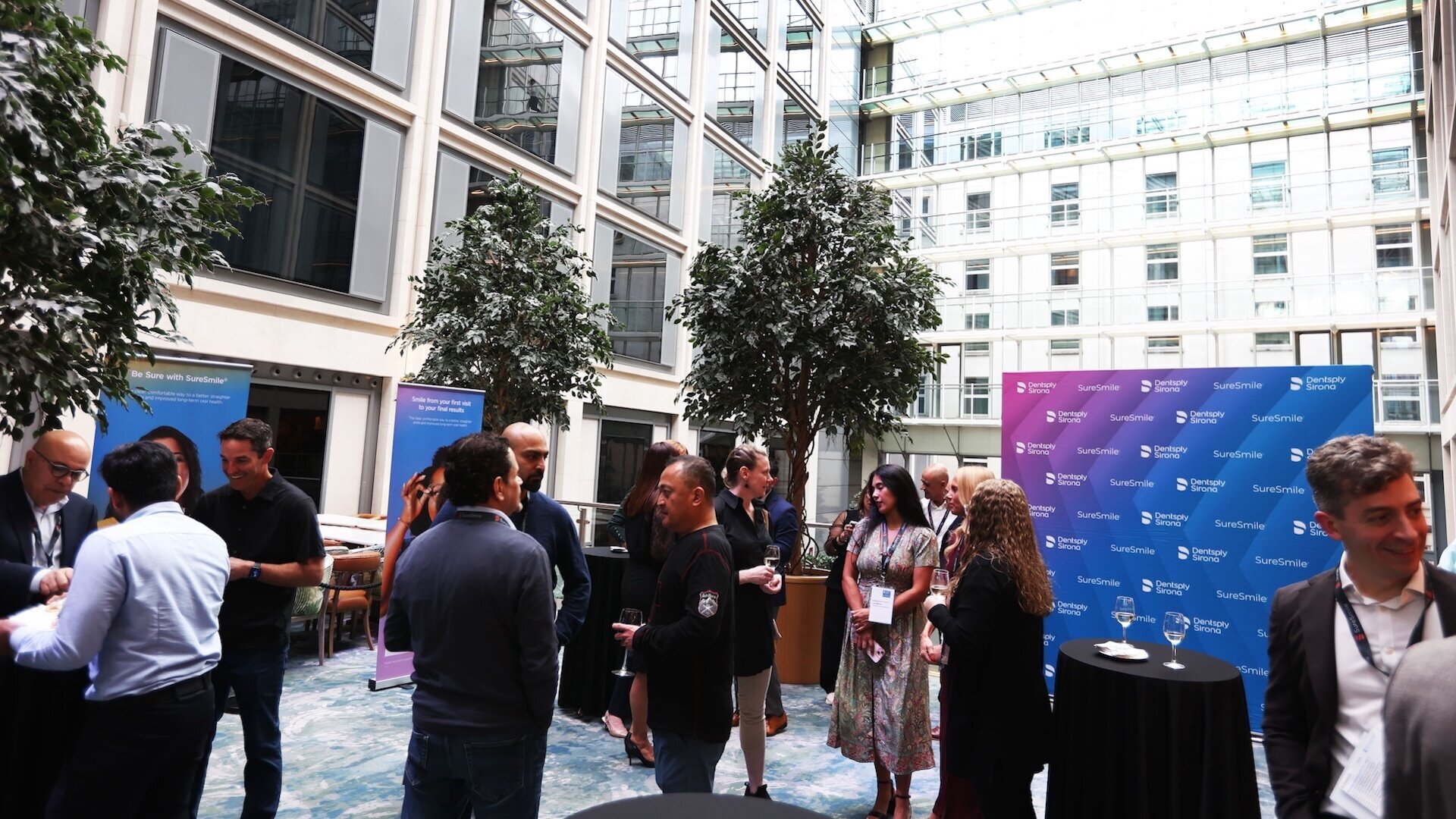

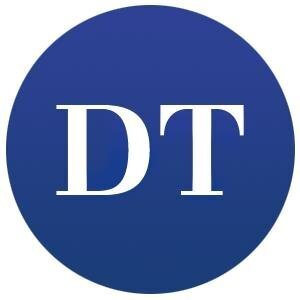
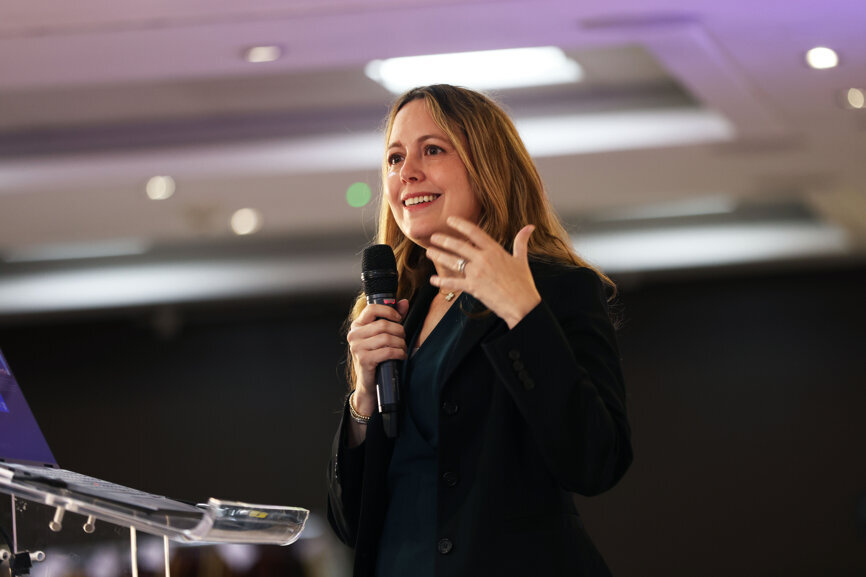
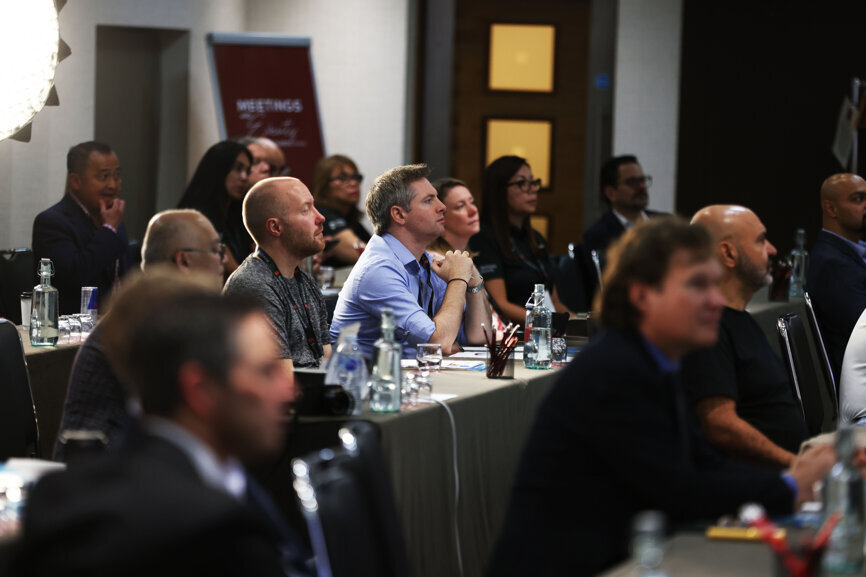
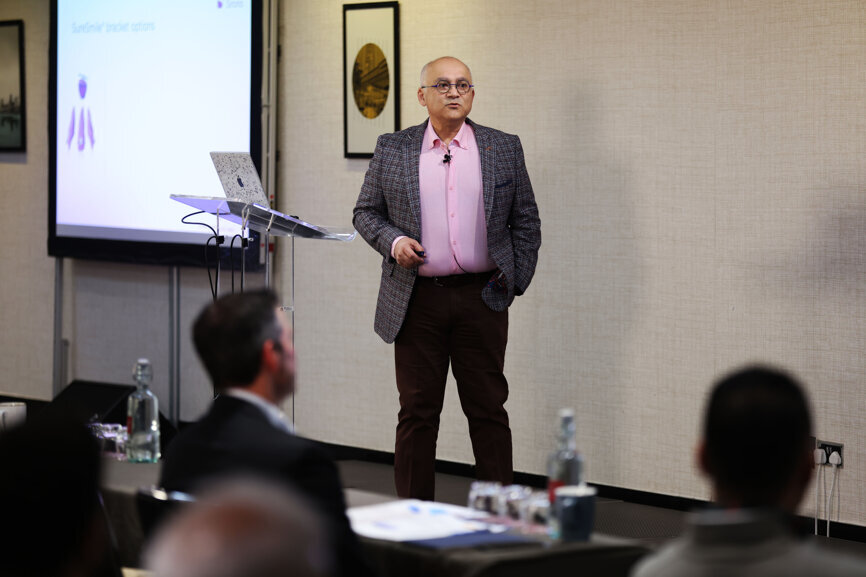
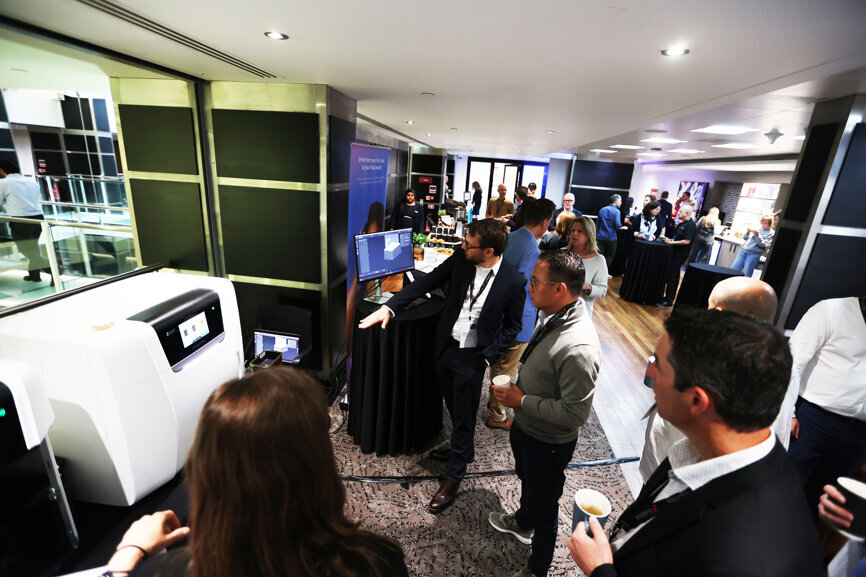
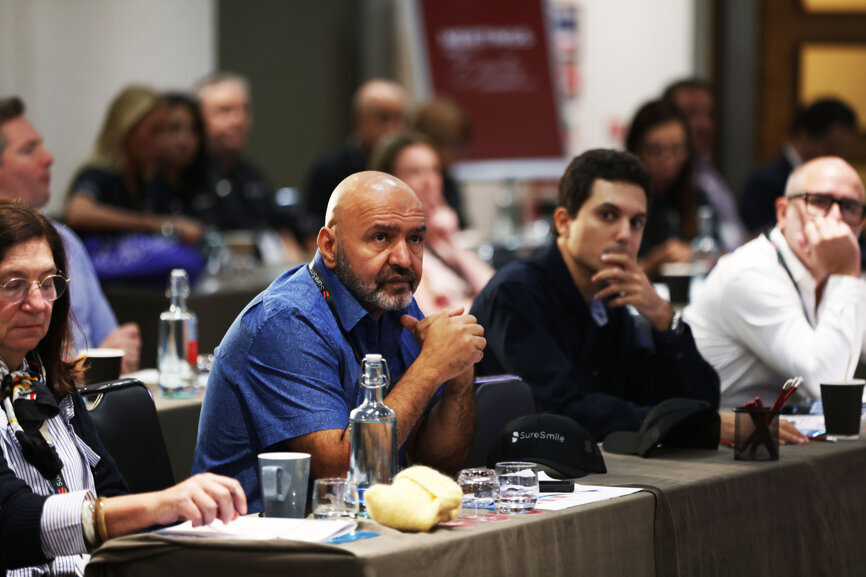
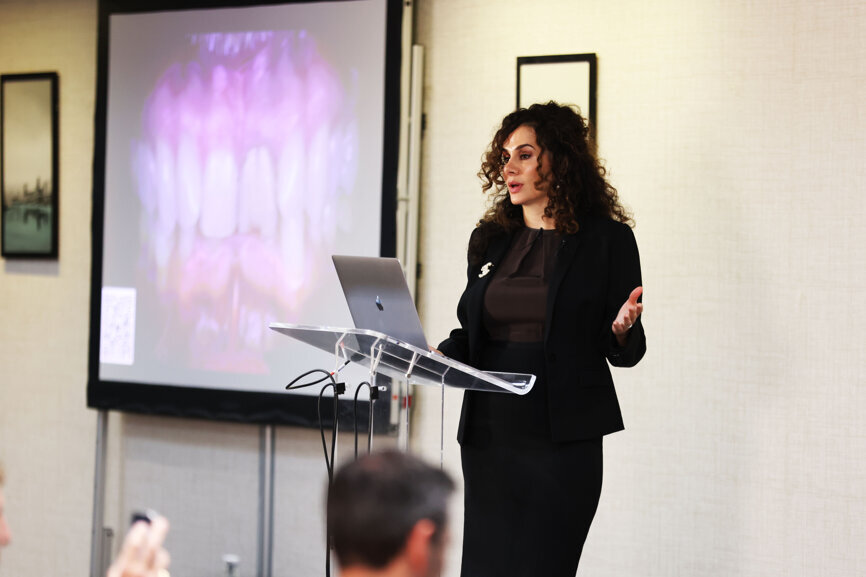
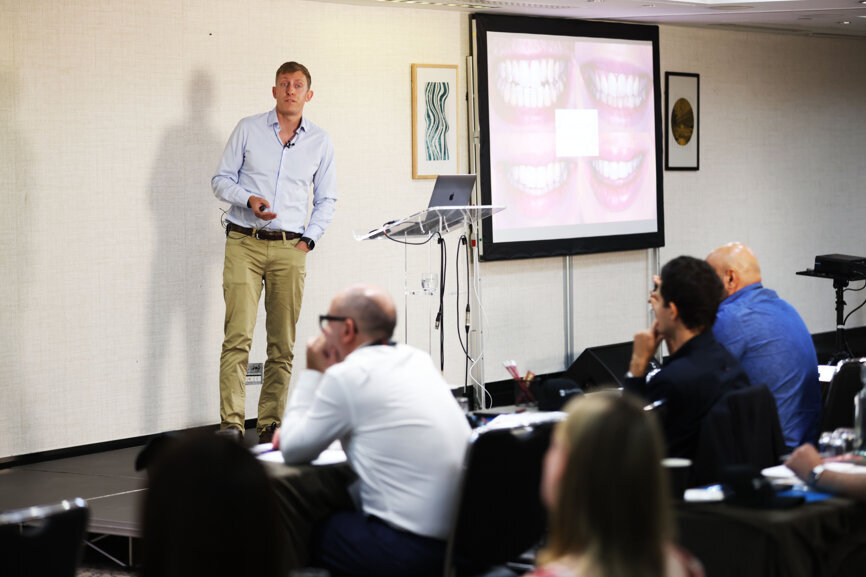
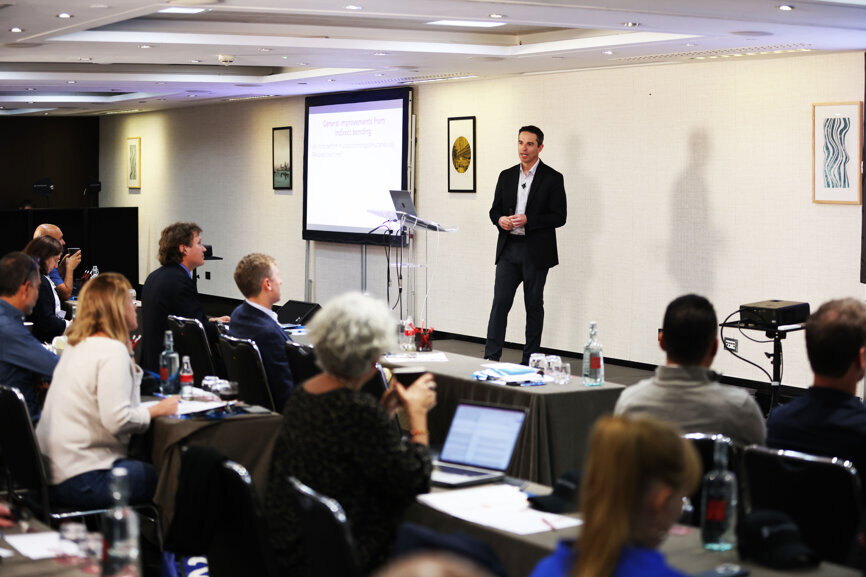
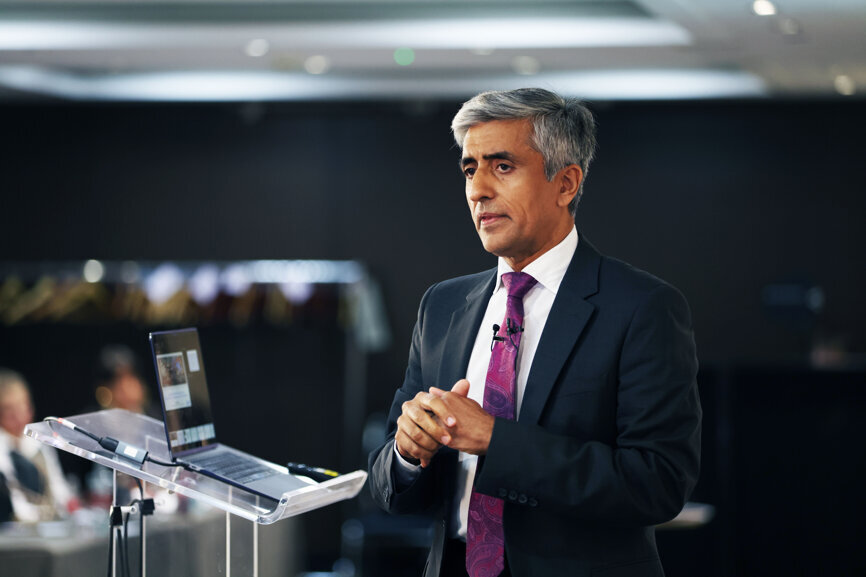
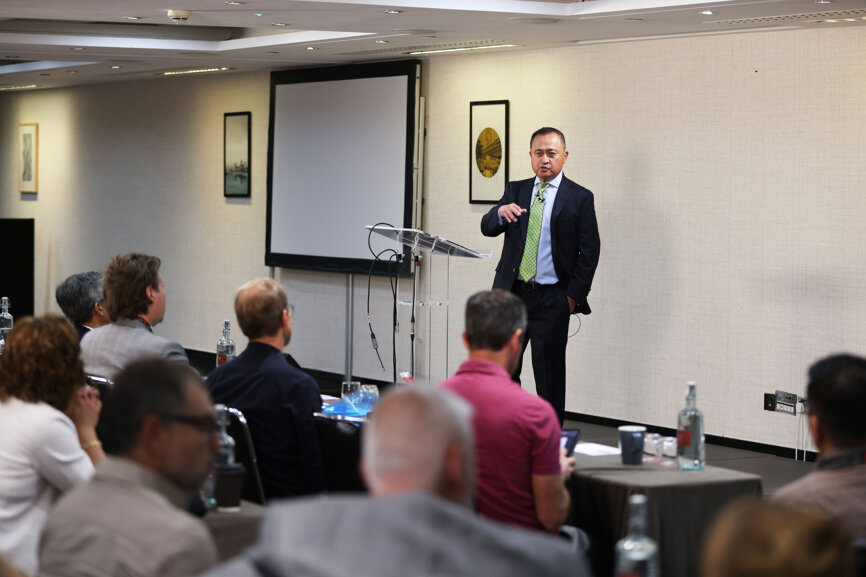
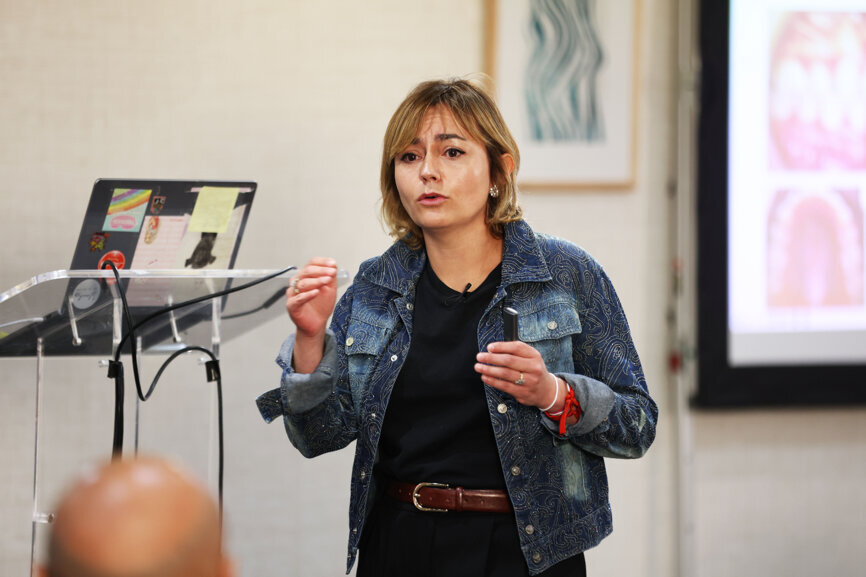
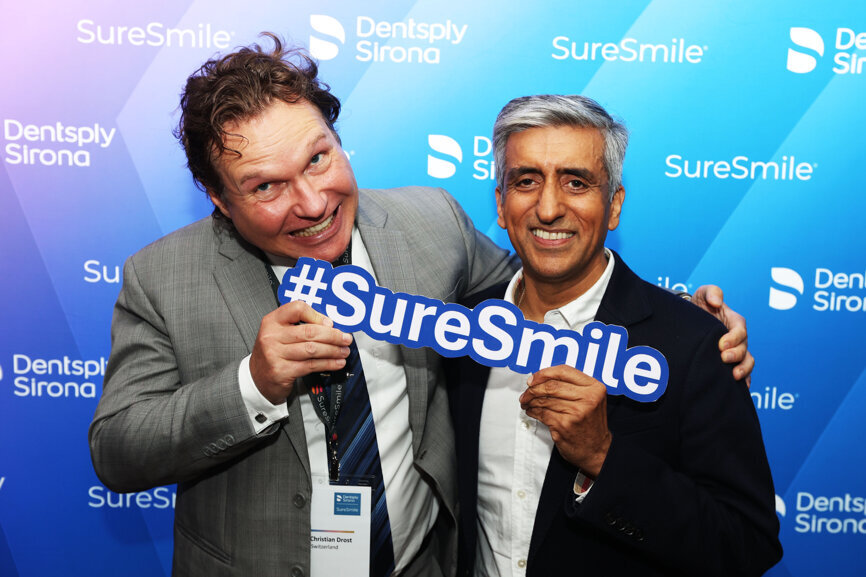
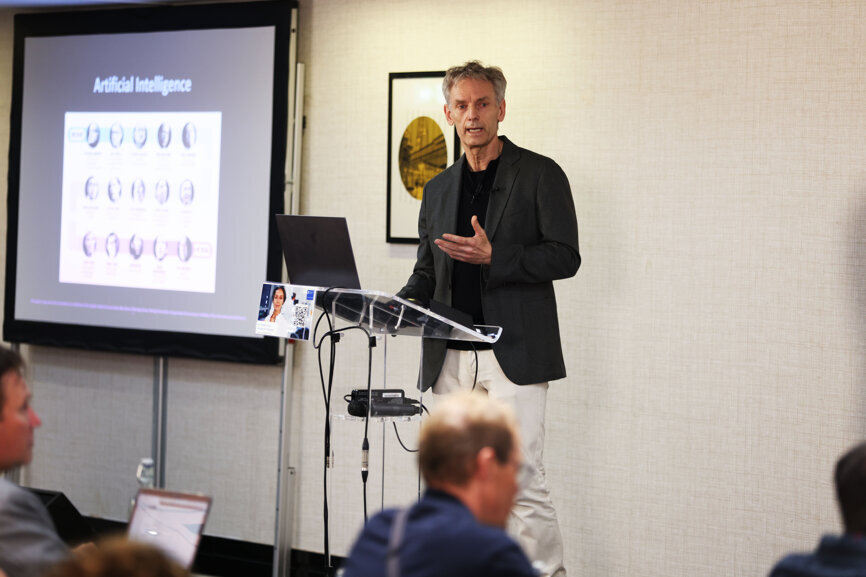
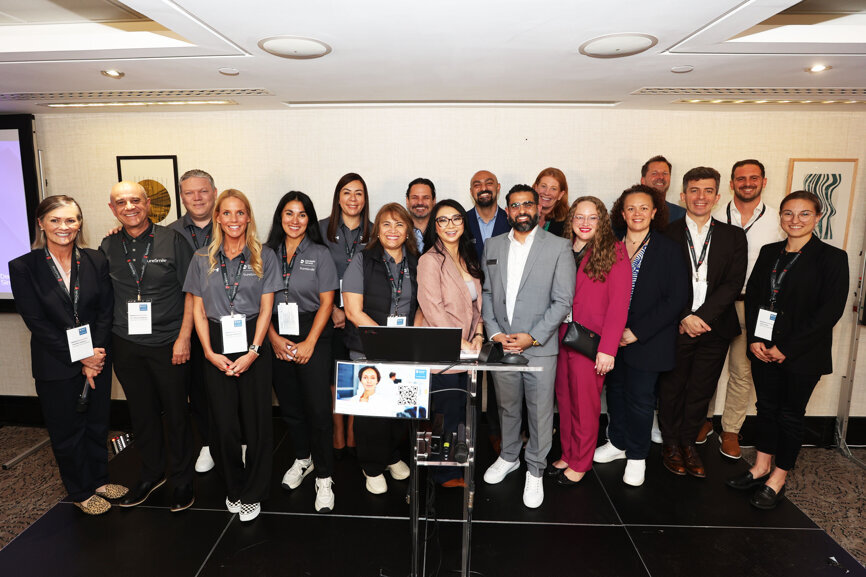
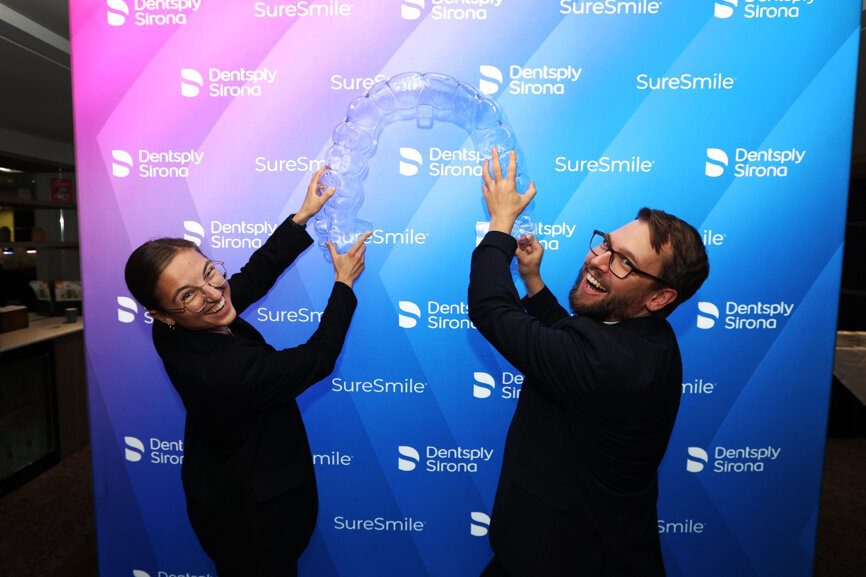
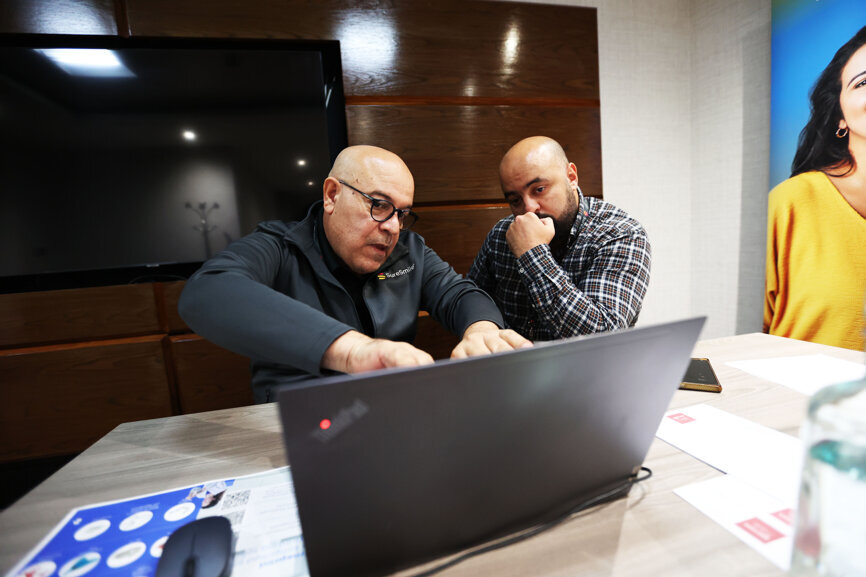
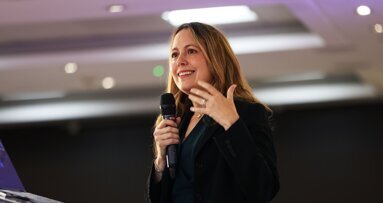
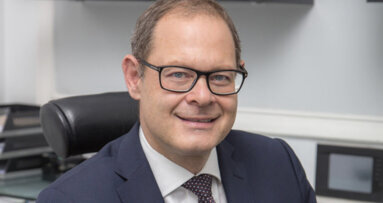
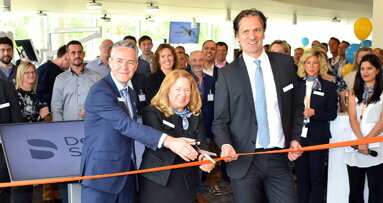

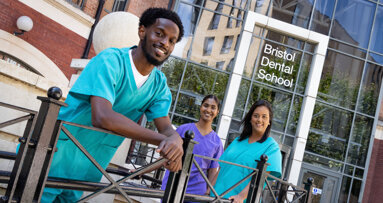
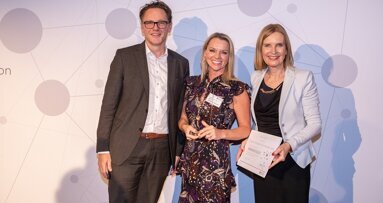
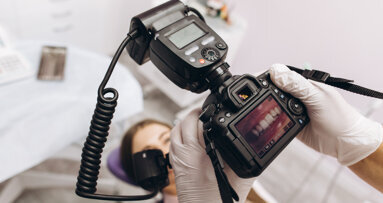
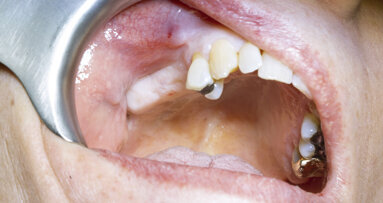
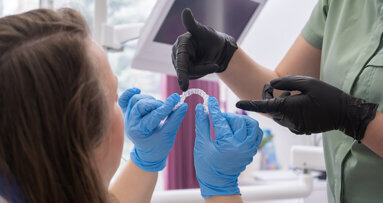
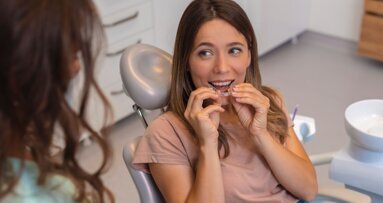
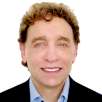
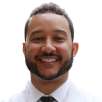
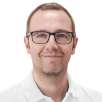
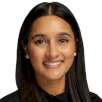
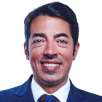
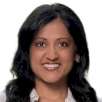
To post a reply please login or register